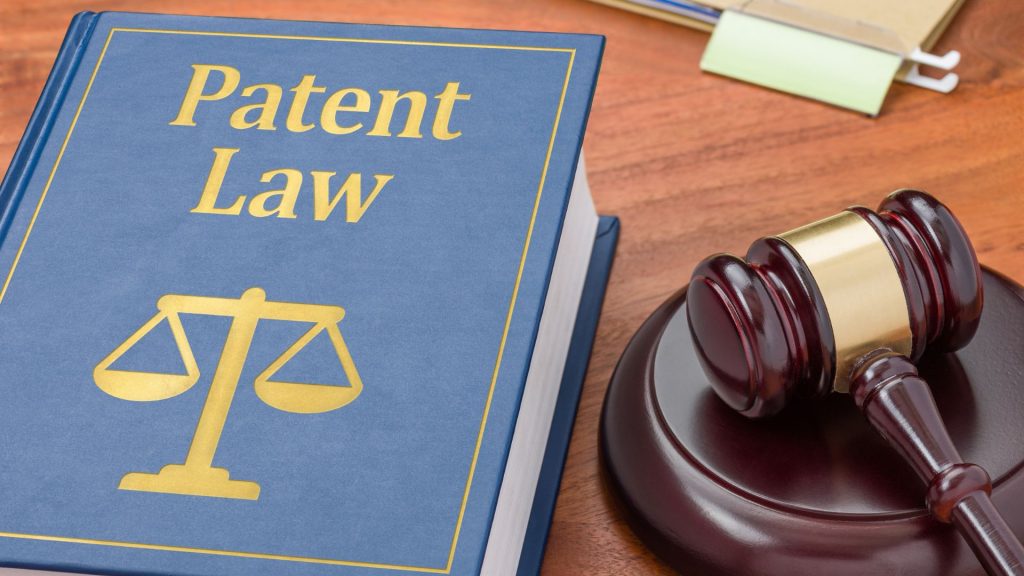In patent prosecution, a negative claim restriction often called a negative recitation, is used to broaden the patent’s coverage. One common tactic is to add a “negative restriction” in a claim, which narrows the claim’s scope by excluding traits or parts that are already common knowledge.
Let’s take a patent application for a new wind turbine design as an illustration. It’s possible that the creators have figured out how to increase the turbine’s efficiency and power output by employing a different kind of blade material.
However, there are several instances of wind turbines with a variety of blade materials in the existing body of literature. The inventors may choose to use a negative restriction in the claim, such as “wherein the blade is not formed of a composite material,” to set their invention apart from the previous art. By excluding composite-bladed wind turbines from the patent’s protection, this negative constraint broadens the patent’s coverage.
This approach has the potential to assist define the claimed invention in a way that is unique from the previous art, which is a major benefit. In addition to increasing the likelihood of the patent being approved, this can also make it more challenging for a rival to create a product that avoids the patented technology.
However, there may be practical difficulties associated with a negative claim restriction. For instance, the Patent Office may take a restrictive view of a negative claim restriction, whereas a court may find it to be too wide. In addition, it may be difficult to demonstrate that the characteristic being excluded is innovative and non-obvious if the validity of the negative claim limitation is contested.
In order to clarify this idea, consider the following example:
A rotor and a blade are included in this wind turbine, but the blade is not a composite material, as per Claim 1.
Turbine A from the earliest days of the industry uses a rotor and a blade composed of composite material.
Before-and-after images of turbine B, which uses a metal rotor and blade.
By excluding turbine A from the previous art, the patent’s reach is widened thanks to the negative claim limitation that says “blade is not comprised of composite material.” However, Prior Art Turbine B is not protected by Claim 1.
Please remember that this is a nuanced area of patent law and that every circumstance is different. When crafting a patent prosecution strategy, it is recommended that you speak with a patent attorney.
Read Now: Where Can I Identify Relevant Patents Using Non-Patent Literature?







